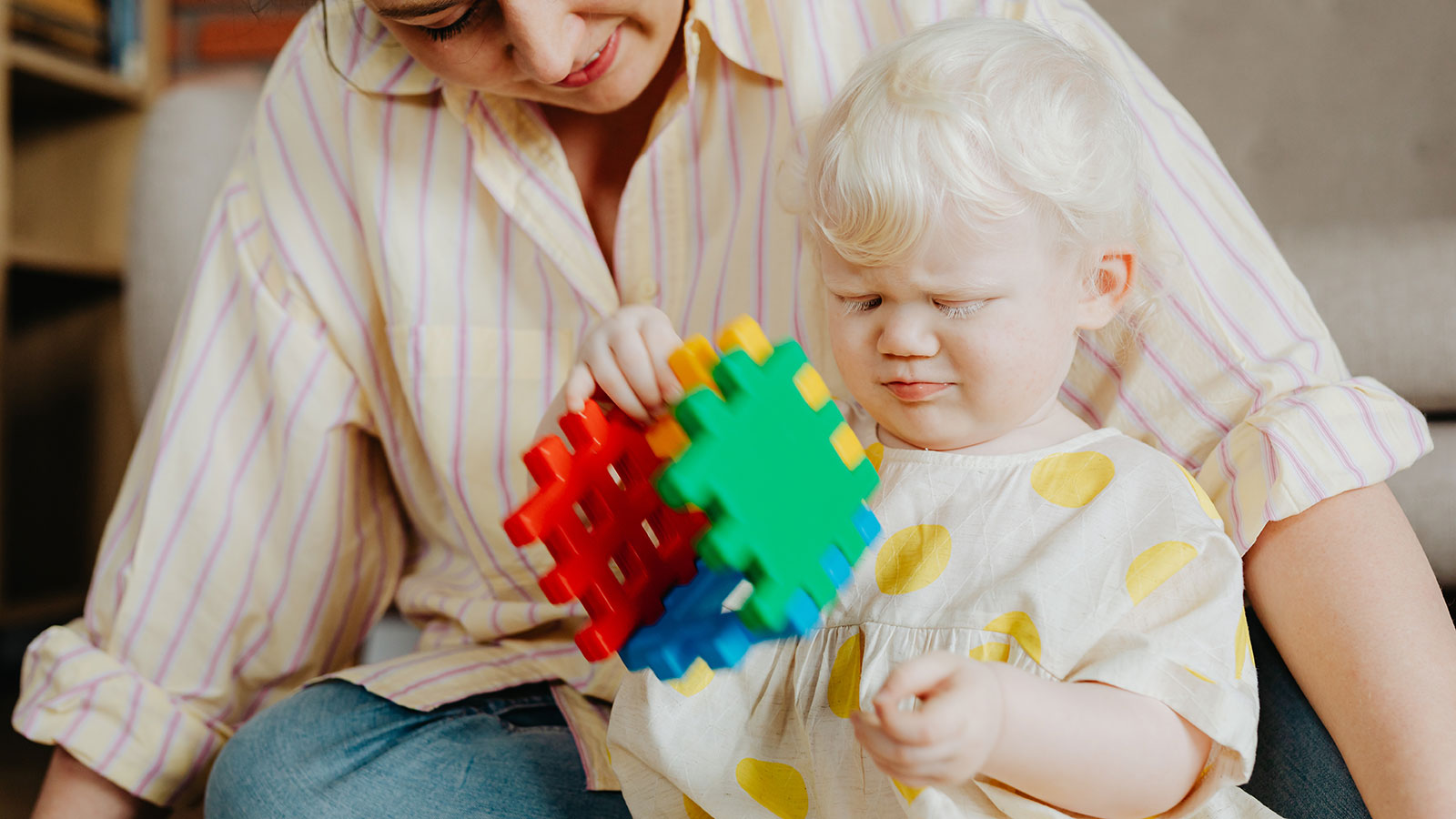
Adoption
What's most important is that caregivers deliver sensory solutions and support that properly align with a child’s strengths, abilities and needs in order to promote positive lifelong development.
Different sensory information can cause a child to have more hyposensitive and hypersensitive reactions or less hyposensitive and hypersensitive reactions.
Your job as a parent is not to make your child's way smooth, but rather to help her develop inner resources so she can cope.
Ellyn Satter, MS, RD, LCSW, BCD
Understanding what a child may be reacting to in an environment can help caregivers limit a child’s overstimulation or understimulation and make daily routines easier. Below are examples of common elements in our environment that provide sensory information that can help or hinder a child’s development.
| Common Sensory Information | Examples |
|---|---|
| Lighting | Bright or dim light, natural from outside, lamps, fluorescent lighting, etc. |
| Decorations in a Room | Painted walls, wallpaper, posters, windows, etc. |
| Noises | Music, voices, TVs, sounds from toys, street or city outside sounds, machine sounds, other children, etc. |
| Smells | Foods, liquids, perfume, soap, smoke, dirty diapers, trash, body odor, etc. |
| Touches | Holding, snuggling, diaper changing, dressing and undressing, face and hand wiping, crunchy food, etc. |
| Tastes | Food, liquid, spicy, sweet, sour, etc. |
| Movements | Rocking, swinging, crawling, walking, jumping, patting, bouncing, riding in a vehicle, being carried or held, picked up for diaper changes, etc. |
There are many strategies that can assist caregivers in supporting a child’s individual sensory system needs. When questions or challenges arise, it's best to seek out specialized support from a trained professional, such as an occupational therapist, physical therapist or speech-language pathologist.
However, there are some basic elements to keep in mind for supporting all babies and children. Listed below is a collection of general strategies for supporting a baby and child’s sensory system, organized into five groups:
For example:
For example:
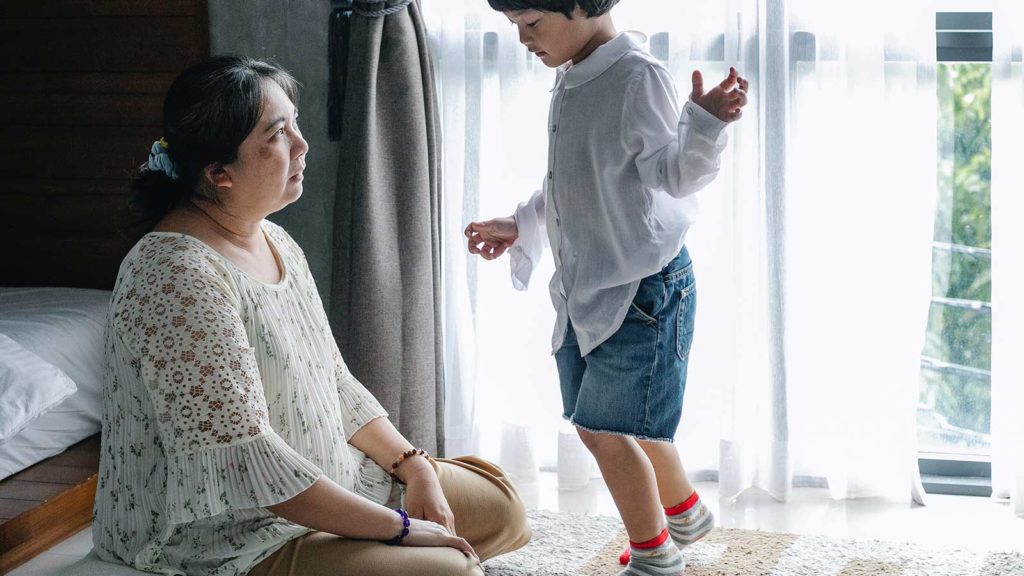
For example:
When caregivers discover how best to support a child's sensory preferences and needs, they allow children the chance to experience the world in a safer, more comfortable way.
All children have a sensory system that is unique to them. These systems, whether highly sensitive or not, can impact daily activities, routines and their own development. When caregivers discover sensory solutions that work for them, they allow children the chance to experience the world in a safer, more comfortable way. When met with sensory curiosities or challenges, it's best to seek assistance from an expert in your community, such as an occupational therapist or feeding specialist.
We're sorry no stories match the filters you've chosen. Please adjust your selection of filters.

Adoption
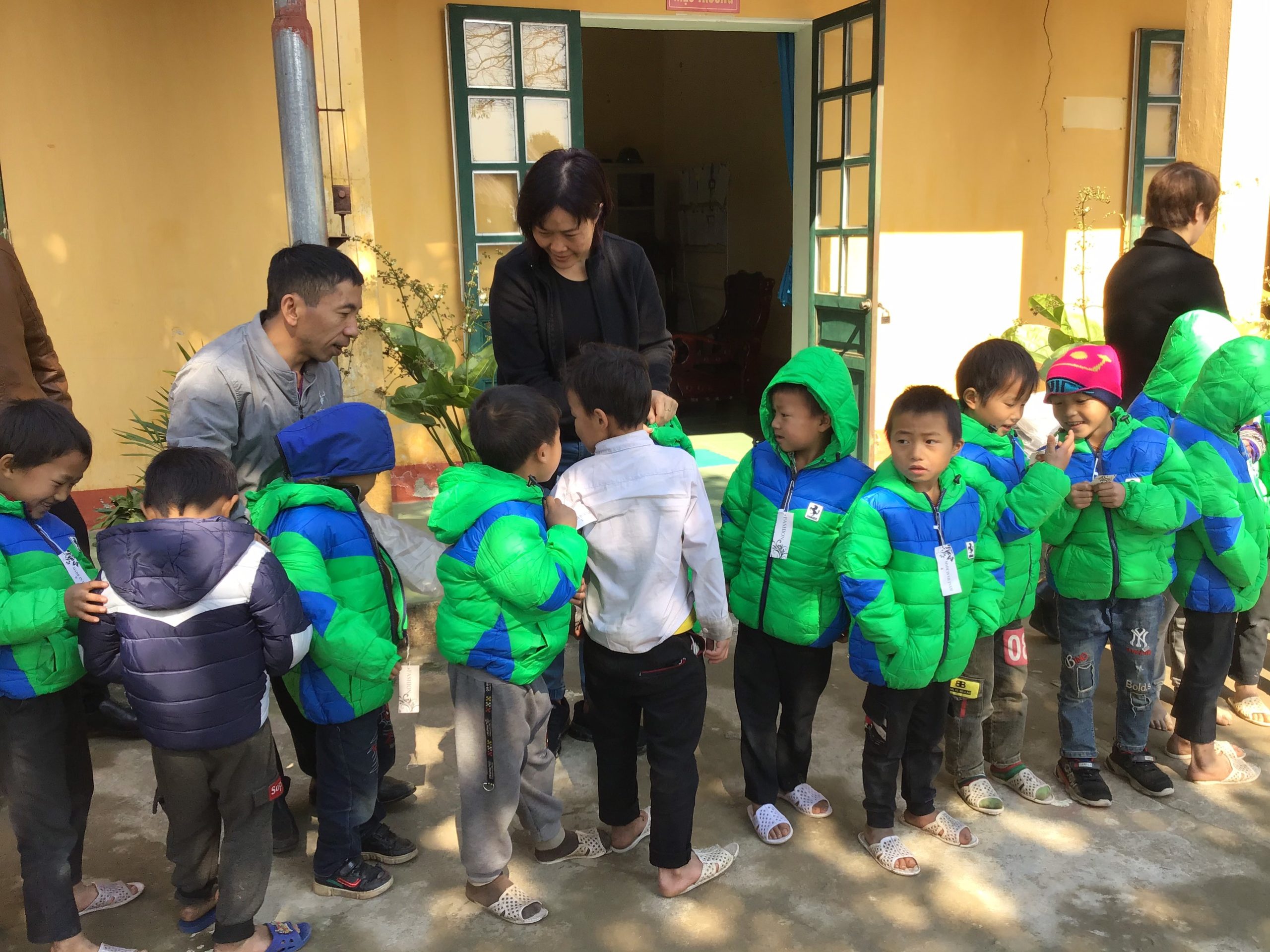
Family Strengthening

Family Strengthening
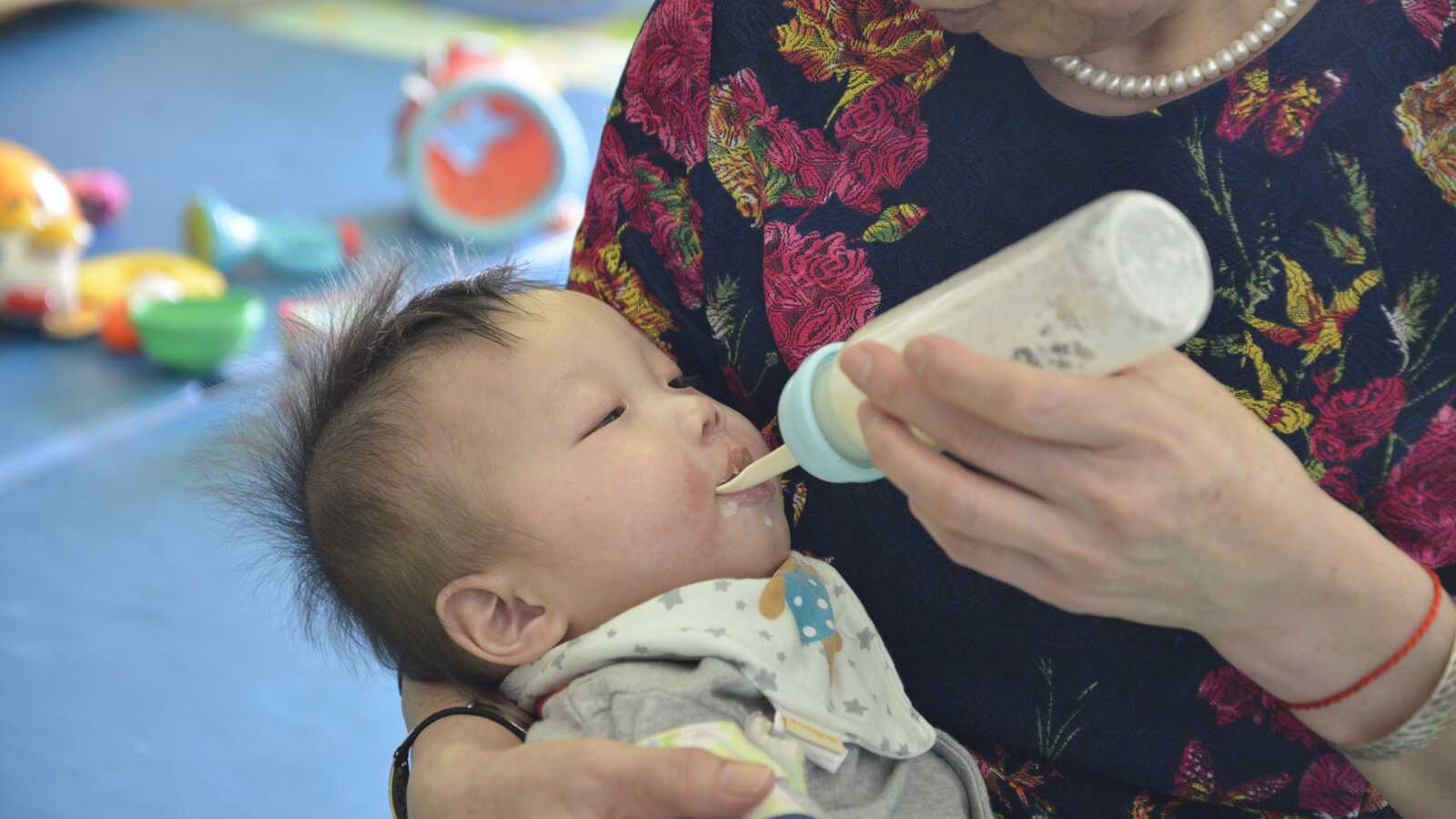
Orphans & Vulnerable Children
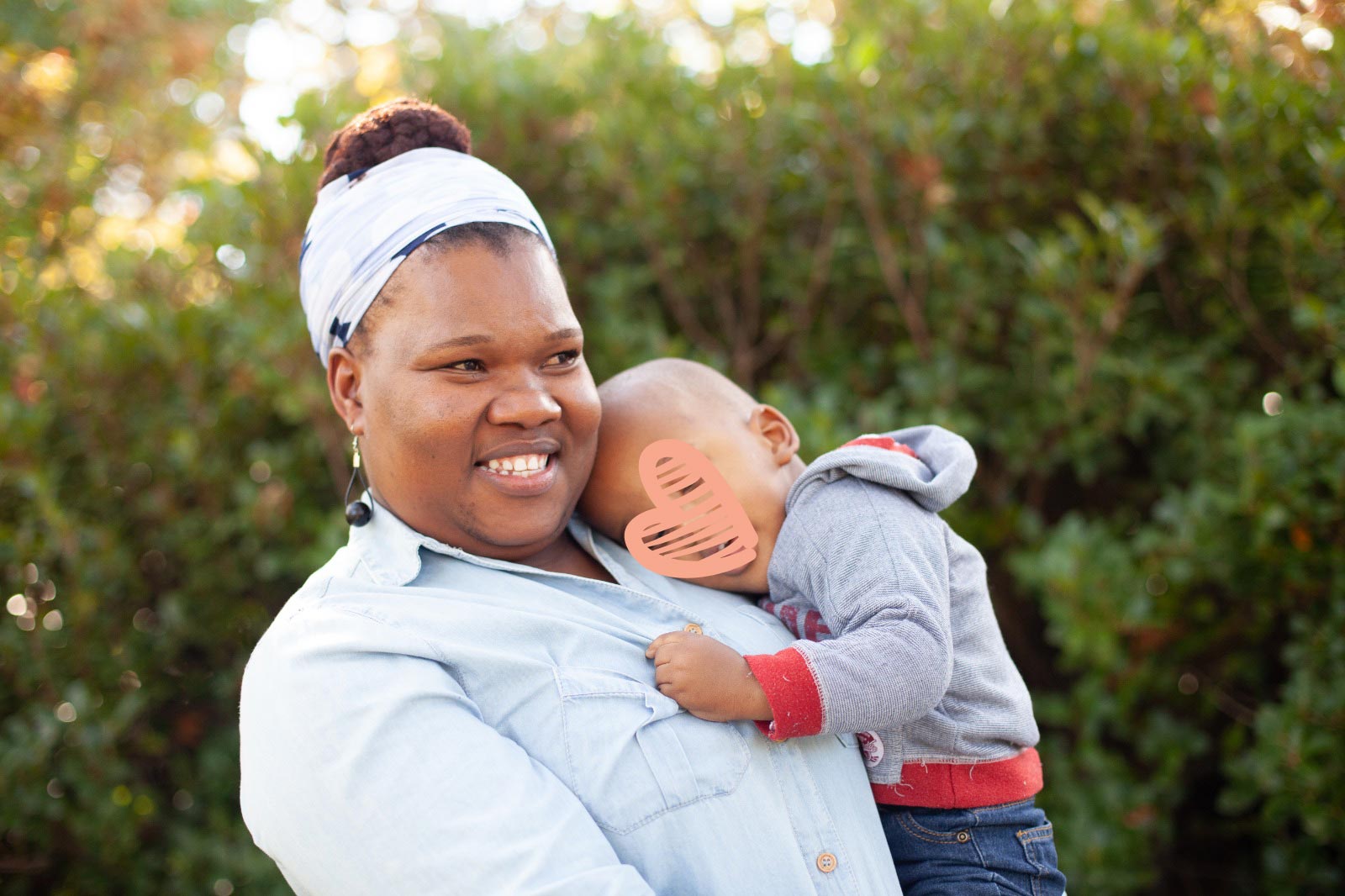
Adoption
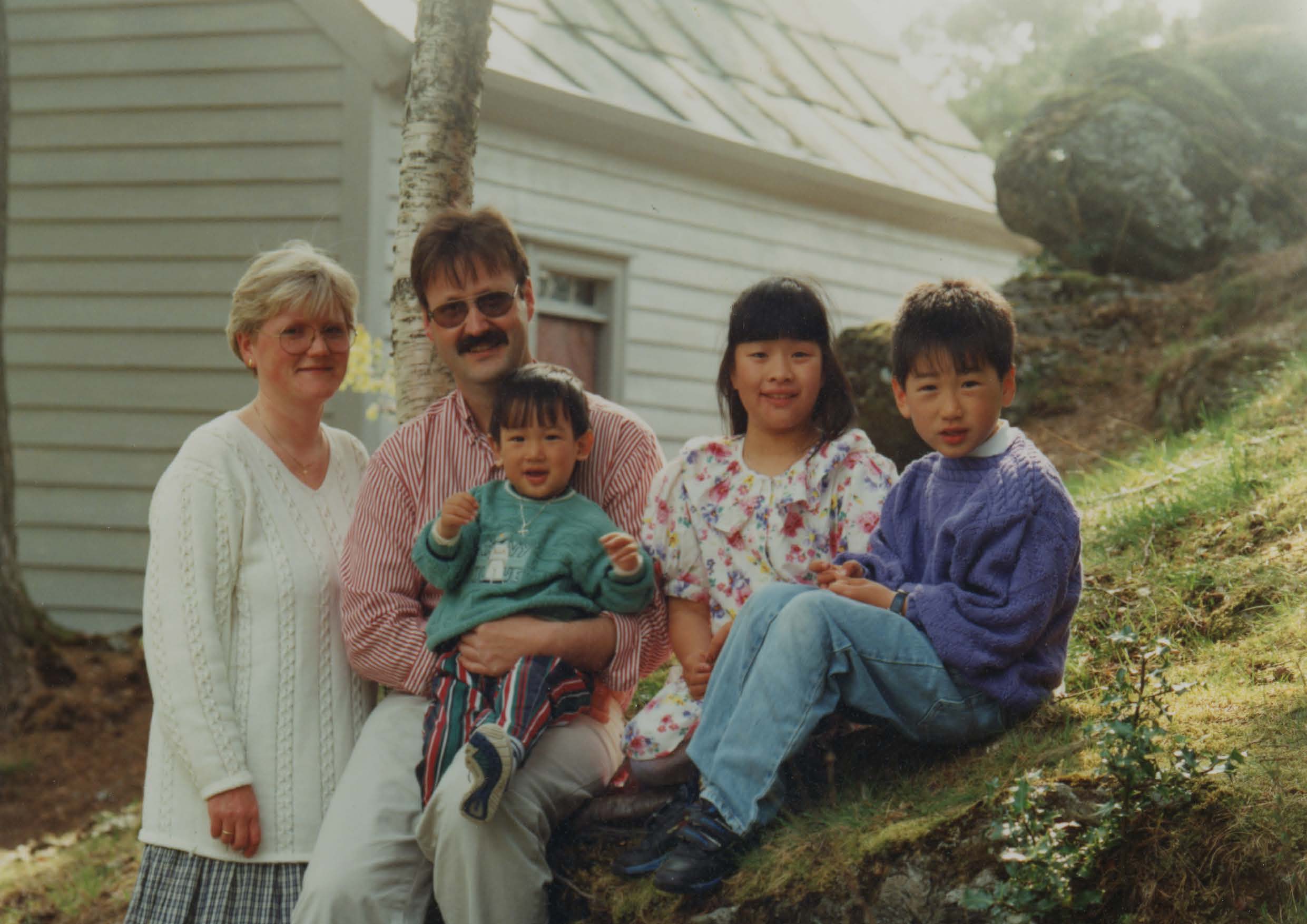
Adoption
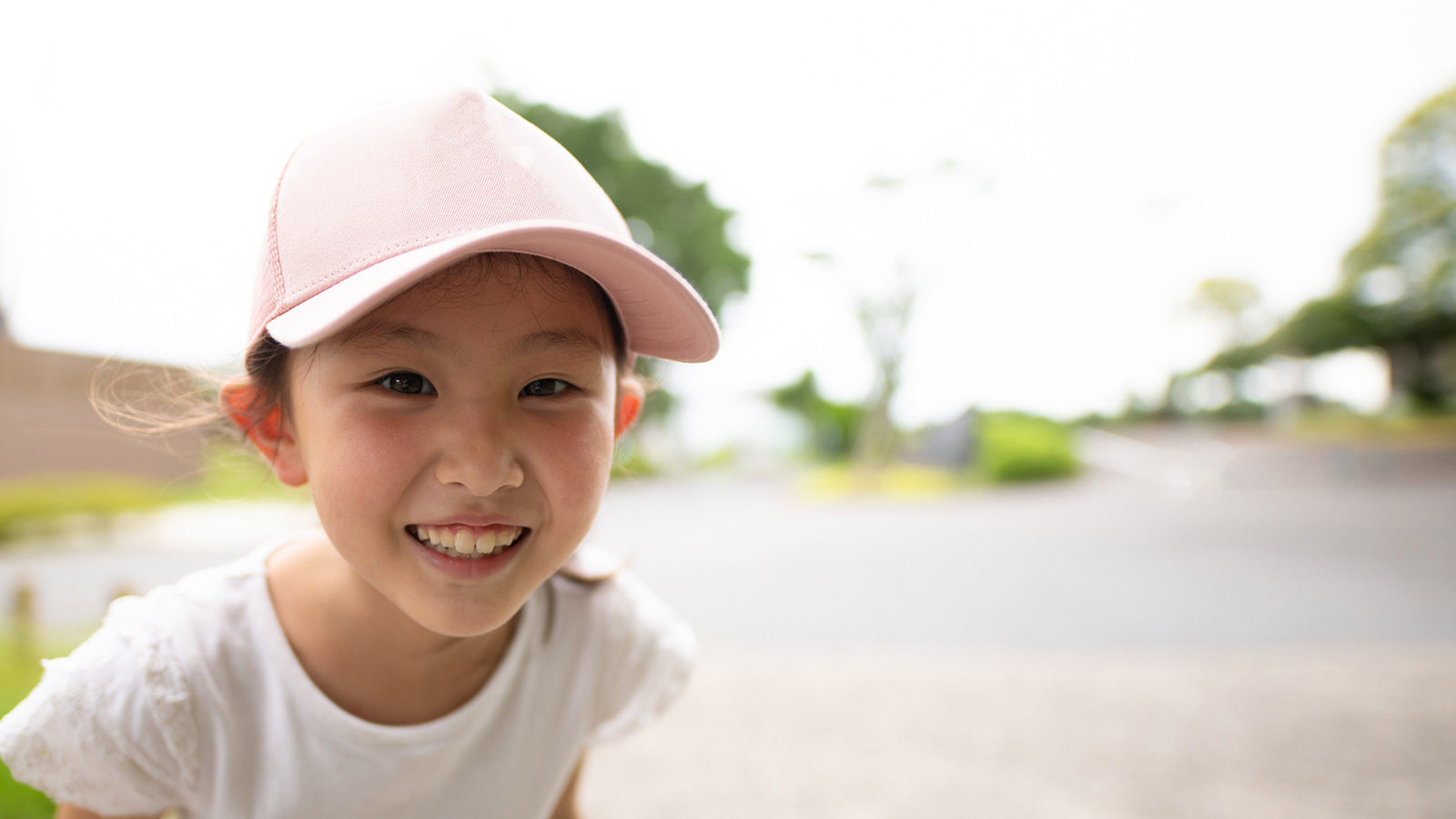
Adoption

Adoption